Ok, so they’re not secrets. But if you’ve never applied for a visa, it can seem pretty complicated. Plus, you have to send your passport off to some mysterious place, where some mysterious person has the authority to deny your application altogether—all just weeks before your non-refundable trip is about to begin. It’s definitely not the best part of traveling abroad, but once you get that passport back with your shiny new visa, it will all be worth it! So here are a few simple questions to ask yourself before applying for a visa and getting the hell out of here!
1. DO I NEED A VISA FOR THE COUNTRY I PLAN TO VISIT?
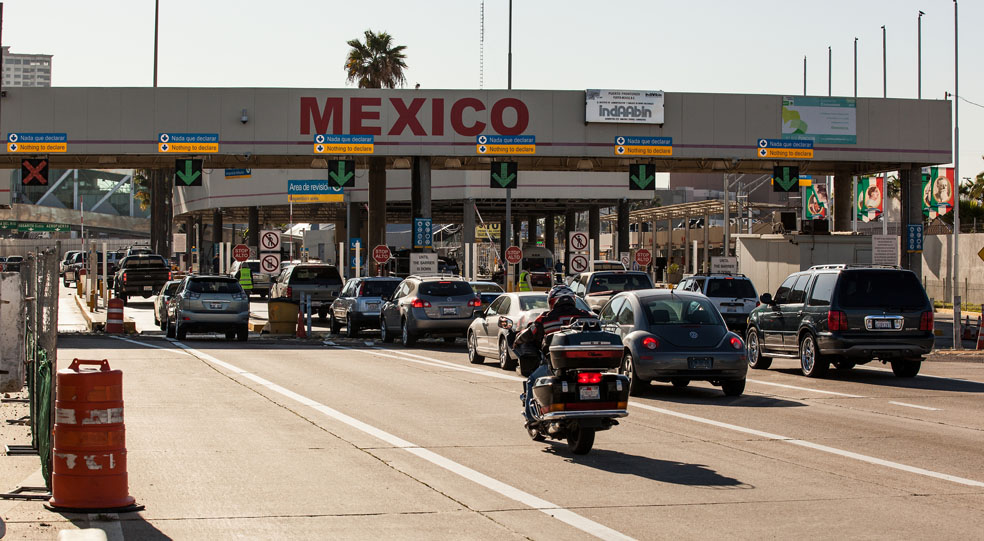
Photo by CBP Photography
Not all countries require visas, at least for short visits. Others offer what is generally known as a Visa-On-Arrival, which are not necessarily free but do not need to be obtained before you, you know, arrive.
The complicated part is that the rules change, not only depending on the country you are trying to enter, but also the country you are from. For instance, citizens of certain countries with a history of violence, including many of the those in Africa and the Middle East, are required to obtain a visa no matter where they are going.
In other cases, it is simply political passive-aggressiveness. When one country embarrasses another by say, arresting and deporting a high-ranking official or denying some economic trade agreement, visas are revoked, or at the very least, go up in price. Lucky for Americans, we still sit relatively high atop the food chain when it comes to traveling abroad. In fact, there are only a few countries that are almost impossible to get into.
Cuba
Although the US recently lifted the heaviest restrictions on travel to this Caribbean island, visitors must travel with a US State Department approved tour company. [Side note: Cuba is one of the most popular destinations in the Caribbean for Canadians and Europeans, so it ain’t about safety.]
North Korea
It is in fact possible to visit North Korea as well, though again, you must travel through a sponsored agency and the only points of entry are China and South Korea. Also, any and all activity while in North Korea will occur under strict supervision.
Saudi Arabia
Saudi Arabia does not welcome tourists. Ever. The only exception to this is the annual Haj—or pilgrimage—to Mecca. The journey is required for every Muslim at least once in his or her life, drawing hundreds of thousands of devotees per year. It is also possible to obtain a visa by invitation, though unless you work for the government or somehow married into a Saudi Family, this is unlikely to be approved. Rumor has it that the only non-Muslim to “sneak” into the country was a French journalist in the 70’s. Back then, people probably thought he’d lost his mind. Today, you might loose your head. Better not to chance it.
Iran
Again, an Iranian visa is possible in theory, but it must be obtained through an approved agency and even then, is unlikely to go through. Not to mention, outside of Iraq or Afghanistan, there is probably nowhere more dangerous for an American citizen. Probably best to sit this one out too.
2. HOW LONG AM I PLANNING TO TRAVEL AND WHEN DO I PLAN TO LEAVE?
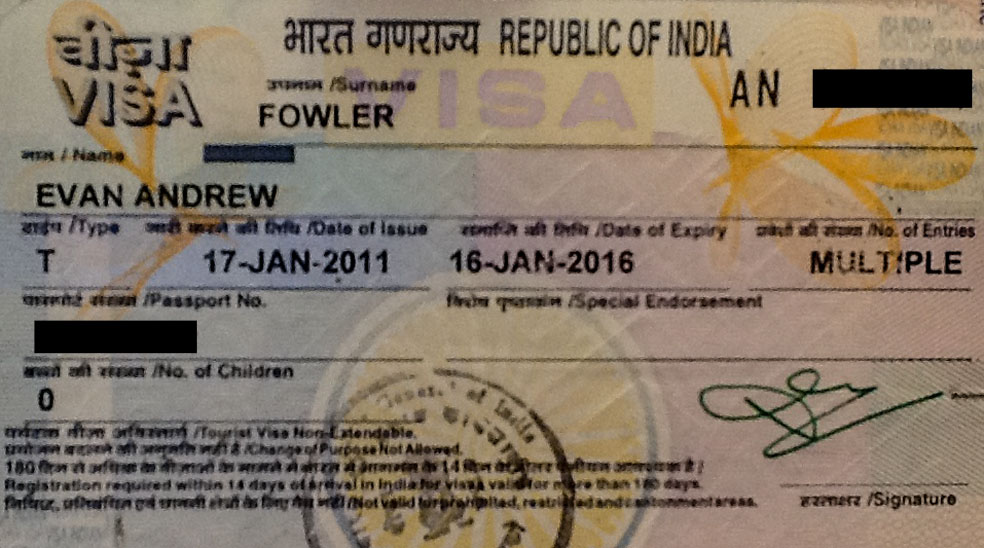
Usually, you can apply for visas that last anywhere from 1 month to up to 10 years. The most common, however, are for 1 month, 3 months, 6 months, or a year. In my experience, regardless of what you apply for, they will give you whatever they want. I applied for a 10-year Indian visa and was given 5. However, this was my 3rd visa to India, so I wouldn’t recommend aiming that high on your first trip. I would start with 6 months or a year at the most. Also, the longer the duration, the more expensive it will be. Some visas start out around $25 but can go up to as much as $150.
The most important thing to remember is that the visa begins the day that it is issued. So don’t plan too far ahead. If you get a 6-month visa for a trip that isn’t happening for another 5 months, you might be pushing it. It is not enough to arrive while your visa is still valid, it must still be valid when you leave.
On the other hand, don’t wait too long. You should give it at least 3 weeks, though in my experience, it usually only takes about a week. You can always put a rush on it but that will increase the price significantly and may set off some red flags, depending on where you are planning to go.
3. WHAT TYPE OF VISA DO I NEED?

Photo by Pedro Ribeiro Simoes
There are generally only three choices: Tourist, Business, and Student. If you are applying for a Business or Student Visa, the rules are different and you should consult whatever program is sending you there. Otherwise, make sure you apply for a Tourist Visa.
Even if you are taking some sort of classes, like Yoga in India, do not write this on your application. If you wish to avoid raising questions or getting denied your visa, stick with simple, obvious answers about what you plan to do, like “visit popular tourist attractions, temples,” etc.
4. WHAT IS A VISA-ON-ARRIVAL?
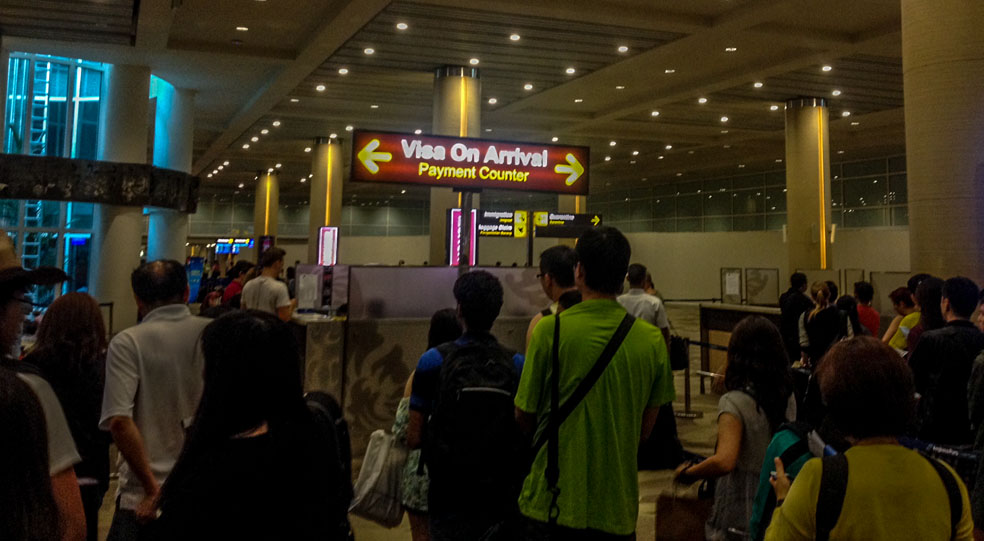
There are over 160 countries that allow Americans to visit without a visa or offer a relatively cheap Visa-On-Arrival. These are generally grouped around Europe, Asia, and South and Central America. In Europe, where no visas are required for Americans, you can pretty much travel around uninterrupted.
Elsewhere, like Asia, you are often given an “arrival” and a “departure” card to fill out. The arrival card is taken by customs, while the departure card will be left with you to hang on to (or sometimes stapled into your passport temporarily). DO NOT LOSE IT! Keep it with your passport or someplace safe, not with anything that is likely to be stolen.
Also, keep in mind that the duration of a Visa-On-Arrival is short—generally no more than 30 days—and can be different depending on whether you fly into the country or cross the border by bus or taxi. In Thailand, you get 30 days if you fly in but only 2 weeks if you cross by land.
There are many variations of this. Be sure to check and see if you need a visa before you go. If not, they may not even let you on the plane, or worse, hold you in a foreign country for hours, if not days, then send you back home without ever having left the airport! For more information on which countries require Visas and which do not, visit www.travisa.com.
5. CAN I APPLY FOR THE VISA MYSELF?
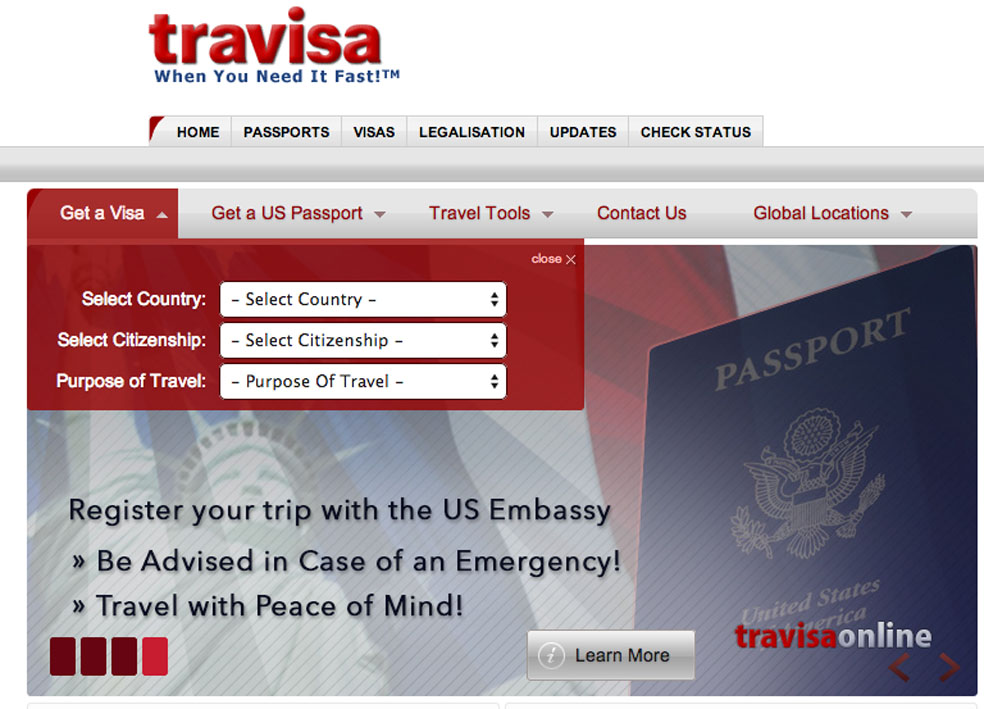
While you can obtain a visa yourself, you must visit the embassy in-person, and you will not have any help if problems arise. I recommend going through a third-party company like Travisa. Their fee is small and they will review your application before it is submitted and alert you to any problems that they might foresee.
Also, keep in mind that it is very difficult, if not impossible, to obtain a visa while abroad. If you are in Thailand, and wish to take a last-minute trip to Vietnam, you can visit the American embassy in Bangkok. However, the process could potentially take days, (days without access to your passport), and even then, the visa could be rejected arbitrarily. It is better to obtain a visa for any country that does not offer Visa-On-Arrival before you leave home.
6. WHAT IF MY PASSPORT IS ABOUT TO EXPIRE?
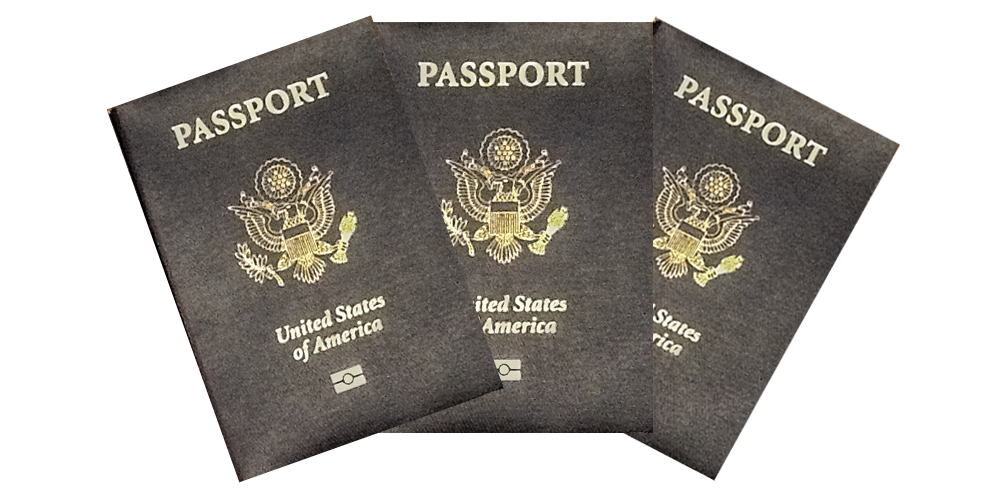
Almost every country requires you to have at least 6 months left on your passport before it expires. I really don’t know what happens if you apply for a visa with less than 6 months left but I imagine it certainly won’t help your chances. An American passport is good for 10 years. It is better to apply for a new one 6 months before the old one expires, just to be safe.
There is nothing more nerve racking than going through customs in a foreign country. Plan ahead and make sure you know what you need before you leave home!
international travel, visa, visa-on-arrival
vietnam visa on arrival
The package includes buffet breakfasts, free in room Internet, cocktails from 5.
The service organization will make visa Vietnam visa extension services
professionally and efficiently. The primary means to provide
online visa to Vietnam is to help and satisfy the number of
travellers to obtain visa to travel the
country Vietnam.